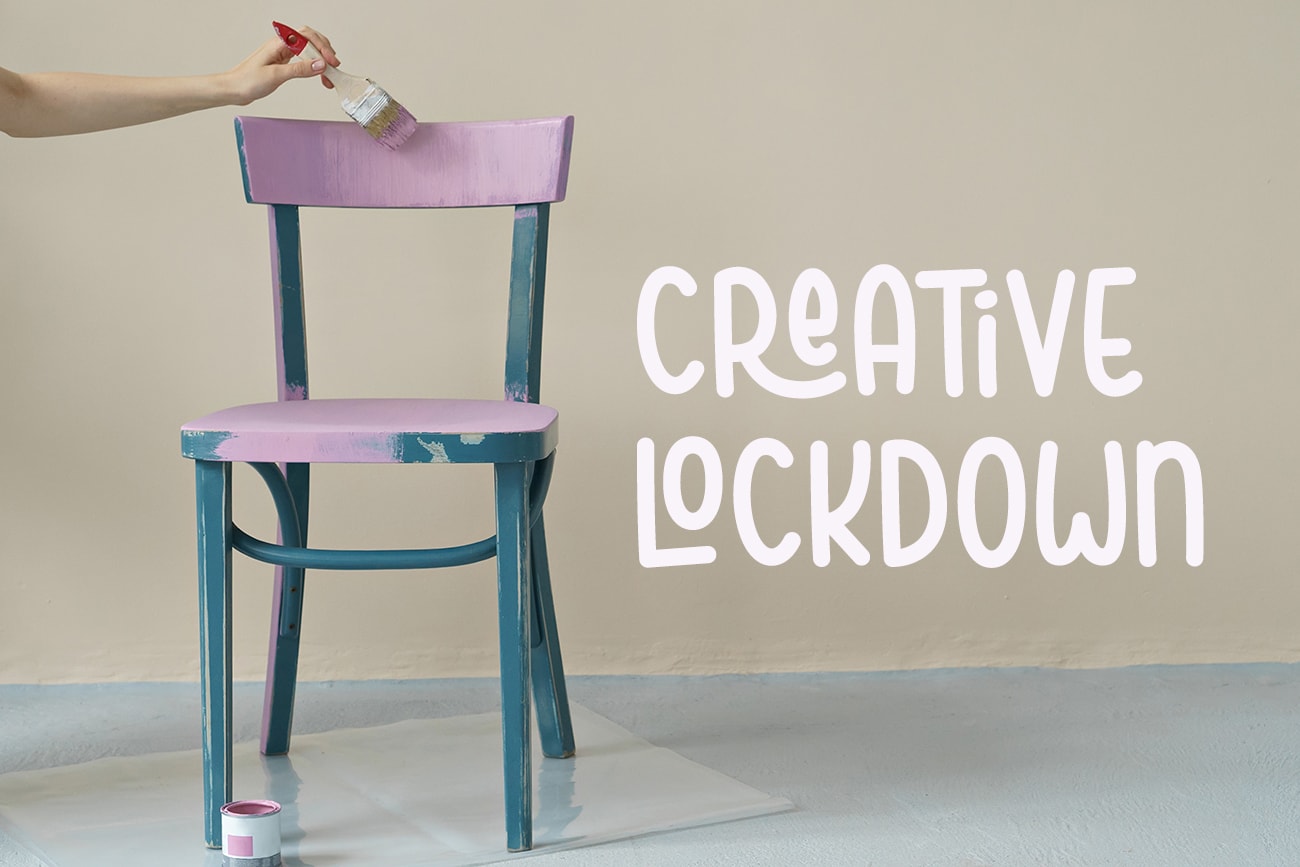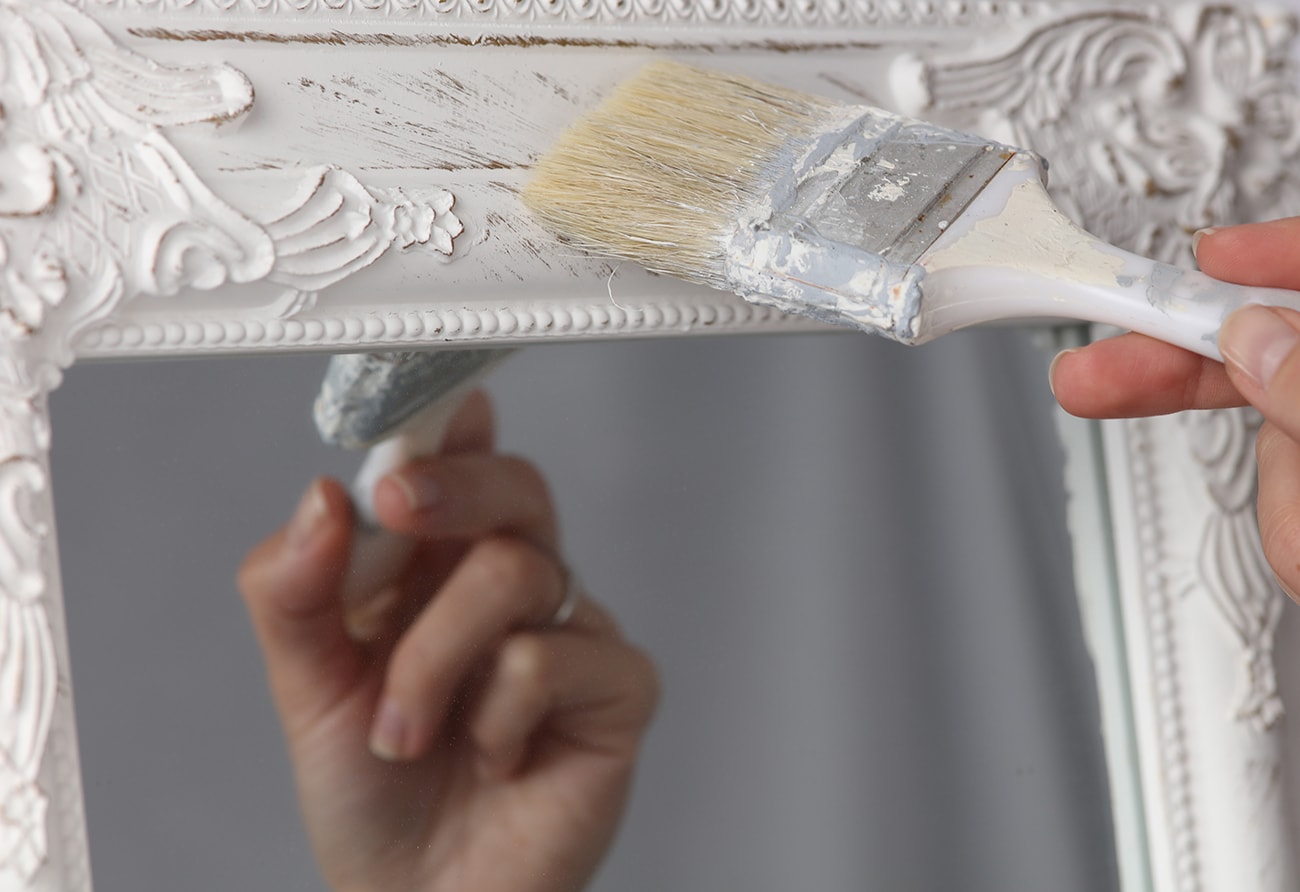
Furniture: you don’t like it? Paint it, and paint it.
Most of us have pieces of old furniture lying around in a kind of halfway state between life and the great beyond: not good enough or unsuited to our needs at this time, but still too good to throw out. A bit like the way some of us older folks sometimes feel, I suppose. In this article we’ll look at ways to rescue old pieces (of furniture, I mean) and make them even better than before.
First of all, don’t automatically toss a piece of old furniture just because it has woodworm. The holes you see are flight holes, made by the emerging larvae on its way to becoming a beetle, and in all likelihood, that happened a long time ago. They, or any other flying beetles, will not return to that same piece of wood unless it contains sap or moisture, and most houses these days are perfectly dry and well ventilated. It means that, contrary to popular belief, woodworm is not contagious. Just fill the holes with wood filler (or round tooth picks broken in half and tapped into the holes, then trimmed with a sharp knife) and carry on.

And second, don’t toss a piece just because you don’t like it any more, or never liked it. Instead, like it by doing what you like with it. Too dull and brown? Take the paint off if you have paint remover, and if not, smooth it down as much as possible and paint it another colour.
Doesn’t fit in with your new decoration scheme? Make it fit in by decorating it differently.
Broken? Fix it. And if all else fails, take it apart and make something else of it.
It’s not about saving money, or reacting to necessity, or even complying with a new life philosophy of recycling and saving the earth. It’s about taking a small step backwards and doing what our ancestors did in the past, and what many people in the world still do today. It’s about the simple pleasure we get from both doing it and seeing it done.
The easiest way to change a piece of old furniture is not just to paint it, but to paint it twice. This allows us to paint and decorate it at the same time. Look at these painted surfaces:

There are basically two ways of painting twice. The first is to paint a base colour and apply a design in a different colour over it, probably with a brush. The second is to paint a base colour, allow it to dry thoroughly, then paint a second colour over it and scratch out your design with a piece of stick or spoon handle, before the second colour dries.
The secret to making it work is to keep the two colours very close, preferably using a single colour in two different tones, without much contrast. It may not be the most exciting way to make a design, but anybody can do it, even you.
It’s best to avoid very shiny paint – your design needs no reflections, and a matt or egg-shell finish is best to achieve this. It doesn’t matter much these days if your paint is oil or water based, and a tough water-based plastic paint suitable for exterior walls will also work on furniture that is not continually sat on or rubbed against.

Some little knowledge of the way colour works may be necessary if you want to be more adventurous with your design, in which case you should look up the colour wheel or just remember that closely related colours work best in decoration: reds, warm yellows and browns together, or greens and blues together. And the less you use primary colours, the more likely you are to succeed. Black and grey almost always works, because there is so little to go wrong. As in cooking, the secret is in the mix.
And finally, if you have a surface heavily carved or with lots of nooks and crannies in it, you could paint it all an off-white colour, allow it to dry, then paint a darker tone of the same colour over it and wipe away the wet paint from the outer surfaces as you go. Sounds complicated? Not really. Just use an ordinary paint mix for the first colour, and for the second, use a much more watery mix that you can wipe away easily with a rag, leaving the second colour tucked away in the nooks and crannies. Practice a little before you start, the secret here being to do it all very fast, and you’ll be pleasantly surprised at the result.
There are many other ways to decorate furniture, from applying light, chalky paint to a grainy surface, to stenciling, carving and burning out designs, but that’s for another day.
Stay home, stay safe and be creative!



































































